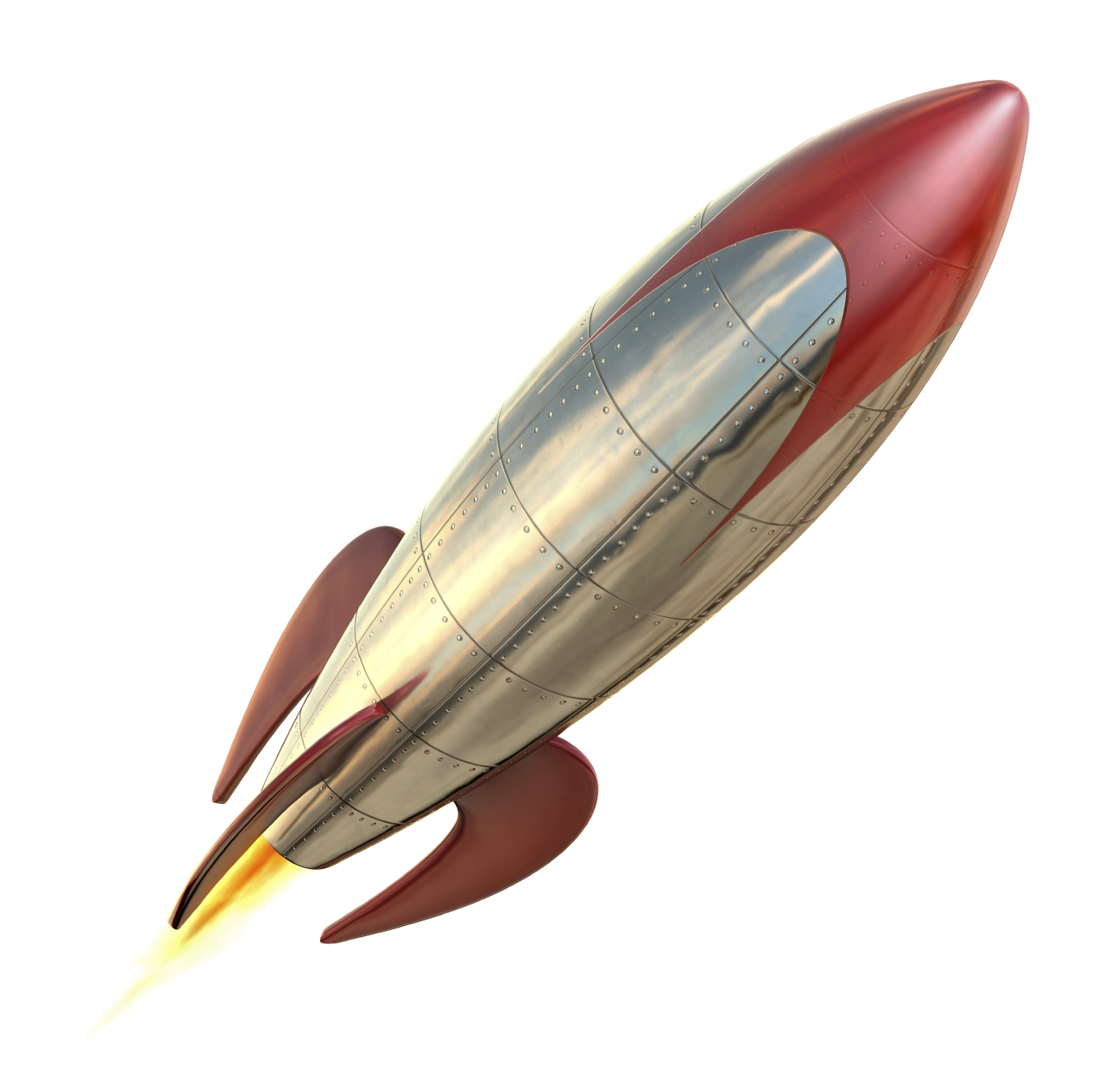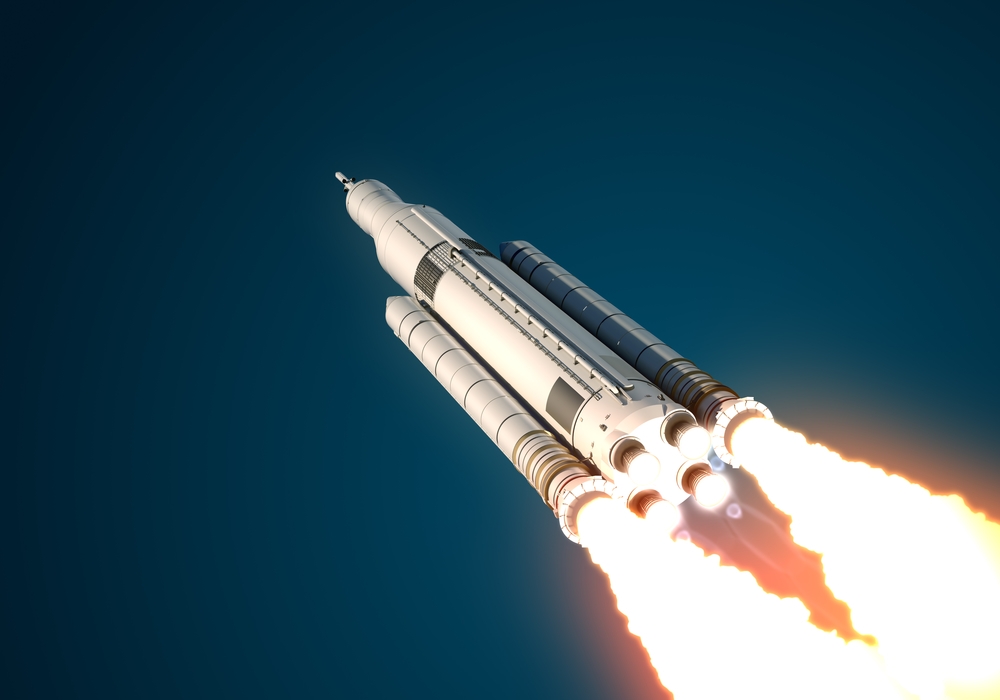

The Space Shuttle was a partially reusable spacecraft operated by the U.S. The circled area on the external tank (ET) is the left bipod foam ramp, and the circled area on the orbiter is the location that was damaged.

Except for one mission to repair the Hubble Space Telescope, subsequent Space Shuttle missions were flown only to the ISS to allow the crew to use it as a haven if damage to the orbiter prevented safe reentry the remaining orbiters were retired after the ISS was finished.īackground Space Shuttle Ĭolumbia prior to launch. NASA made several technical and organizational changes to subsequent missions, including adding an on-orbit inspection to determine how well the orbiter's thermal protection system (TPS) had endured the ascent, and keeping designated rescue missions ready in case irreparable damage was found. Construction of the International Space Station (ISS) was paused until flights resumed in July 2005 with STS-114. When Columbia reentered the atmosphere of Earth, the damage allowed hot atmospheric gases to penetrate the heat shield and destroy the internal wing structure, which caused the orbiter to become unstable and break apart.Īfter the disaster, Space Shuttle flight operations were suspended for more than two years, as they had been after the Challenger disaster.

Before reentry, NASA managers had limited the investigation, reasoning that the crew could not have fixed the problem if it had been confirmed. Similar foam shedding had occurred during previous Space Shuttle launches, causing damage that ranged from minor to near-catastrophic, but some engineers suspected that the damage to Columbia was more serious. During launch, a piece of the insulating foam broke off from the Space Shuttle external tank and struck the thermal protection system tiles on the orbiter's left wing. It was dedicated to research in various fields, mainly on board a module inside the shuttle. The mission, designated STS-107, was the twenty-eighth flight for the orbiter, the 113th flight of the Space Shuttle fleet and the 88th after the Challenger disaster. It was the second Space Shuttle mission to end in disaster, after the loss of Challenger and crew in 1986. On February 1, 2003, Space Shuttle Columbia disintegrated as it reentered the atmosphere over Texas and Louisiana, killing all seven astronauts on board.


 0 kommentar(er)
0 kommentar(er)
